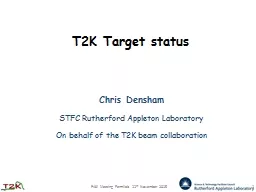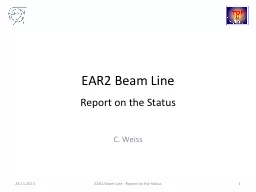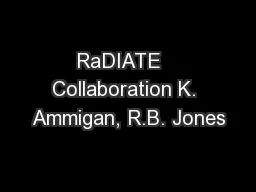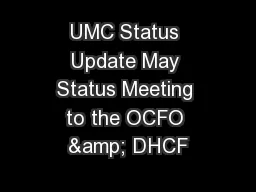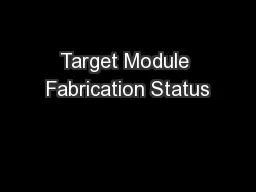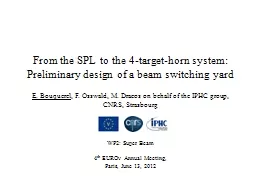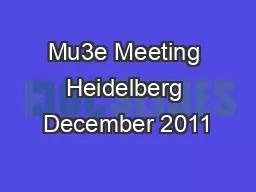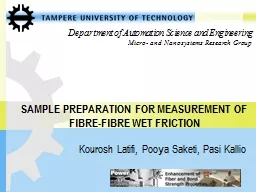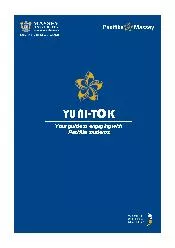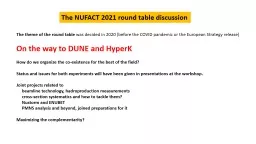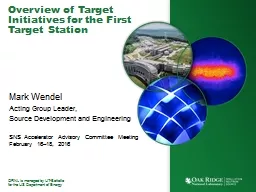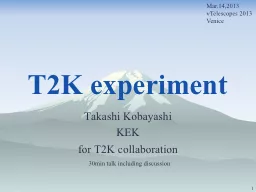PPT-T2K Target status PASI Meeting
Author : enjoinsamsung | Published Date : 2020-06-26
Fermilab 11 th November 2015 1 Chris Densham STFC Rutherford Appleton Laboratory On behalf of the T2K beam collaboration 2 2015 Breakthrough Prize in Fundamental
Presentation Embed Code
Download Presentation
Download Presentation The PPT/PDF document "T2K Target status PASI Meeting" is the property of its rightful owner. Permission is granted to download and print the materials on this website for personal, non-commercial use only, and to display it on your personal computer provided you do not modify the materials and that you retain all copyright notices contained in the materials. By downloading content from our website, you accept the terms of this agreement.
T2K Target status PASI Meeting: Transcript
Download Rules Of Document
"T2K Target status PASI Meeting"The content belongs to its owner. You may download and print it for personal use, without modification, and keep all copyright notices. By downloading, you agree to these terms.
Related Documents

